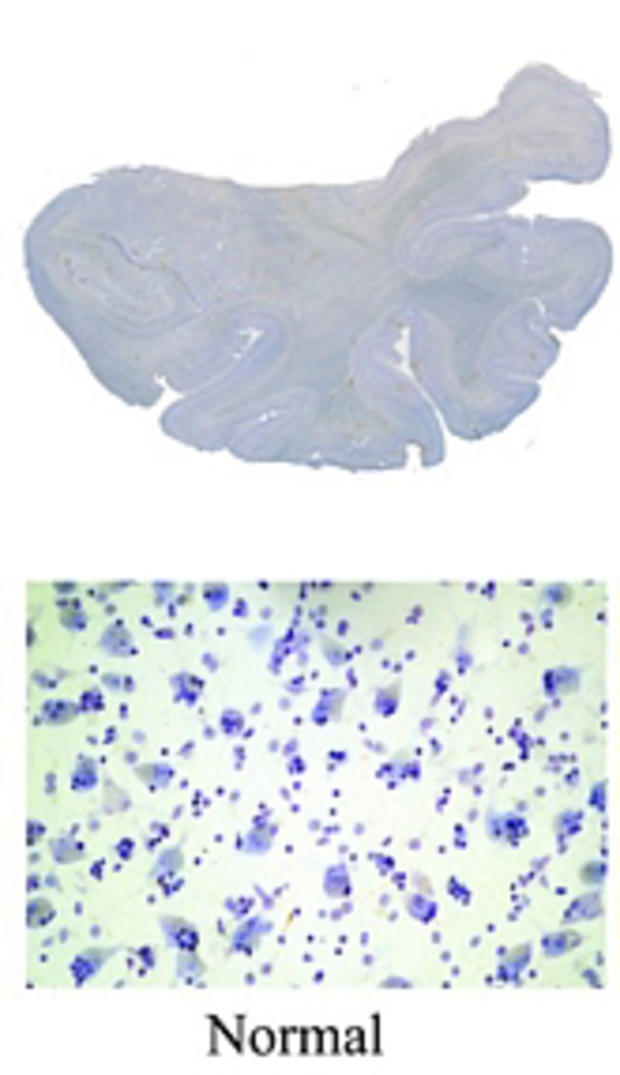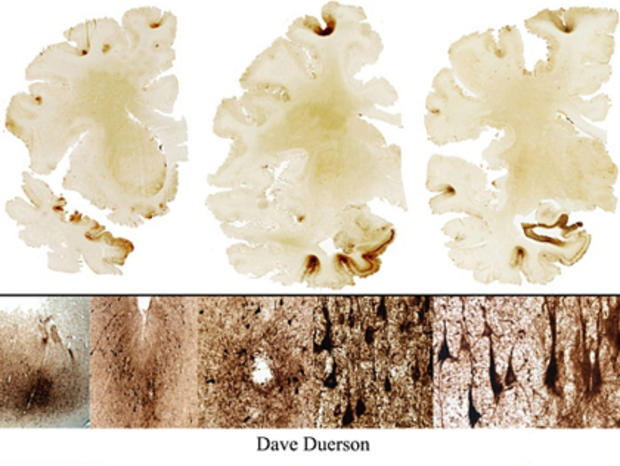Northwestern Neurologist Calls New CTE Study "Jaw Dropping"
CHICAGO (CBS) -- It's being called a landmark study out of Boston University, which examined the brains of deceased football players and found that 110 of 111 brains of those who played in the NFL had the condition known as CTE.
"This is a jaw dropping number. It's something that most people in the field of neurology and football are not surprised at," said Dr. Alan Shepard, Clinical Assistant Professor, Neurology, Northwestern Medicine.
"It's kind of like the drip, drip, drip, every few months another football player is being found to have this over time. There's no escaping this dramatic number." he said.
Chronic Traumatic Encephalopathy (CTE) was diagnosed post-mortem in a high proportion of former football players whose brains were donated for research, according to a study published by JAMA.
CTE has been linked to repeated blows to the head. Shepherd said protocols have changed over the years, but athletes are still at risk.
"The human brain is not meant to endure some of the trauma that you can see, especially in the pros where these athletes are running as fast as they can into each other."
The brains were donated by families who noticed clinical signs while the athlete was living. CTE was diagnosed in 177 former players or nearly 90 percent of brains studied.
"With any illness, some will be affected more than others. If parents of prospective high-schoolers ask if their child should play football, you look at a study like this if he's one of the lucky ones that isn't predisposed to have this condition and doesn't have significant head trauma, he's going to be fine; but that kind of warning is not going to be good for the game, but it's a true response to a parent because we don't know which particular child, which college player, which person is at high risk for this condition, but we can say that 87 percent of people that played football from a young age has signs of CTE," he said.
Researchers still don't know how common it is in football or the general population. Some players with repeated concussions never develop it.
"Do better helmuts help? A little, but it's not the answer. It's almost turning into what happened with smoking. How long can people turn their head at the data? How much data do we need before we can say with certainty with warning, this practice, this behavior can lead to this type of problem in the future. When you see a study like this, how can somebody be critical of it?" Dr. Shepard said.
The NFL released a statement, reading: "We appreciate the work done by Dr. Anne McKee and her colleagues for the value it adds in the ongoing quest for a better understanding of CTE. Case studies such as those compiled in this updated paper are important to further advancing the science and progress related to head trauma. The medical and scientific communities will benefit from this publication and the NFL will continue to work with a wide range of experts to improve the health of current and former NFL athletes. As noted by the authors, there are still many unanswered questions relating to the cause, incidence and prevalence of long-term effects of head trauma such as CTE. The NFL is committed to supporting scientific research into CTE and advancing progress in the prevention and treatment of head injuries. In 2016, the NFL pledged $100 million in support for independent medical research and engineering advancements in neuroscience related topics. This is in addition to the $100 million that the NFL and its partners are already spending on medical and neuroscience research."
The report is in Tuesday's Journal of the American Medical Association. These findings comprise the largest CTE case series ever published.





